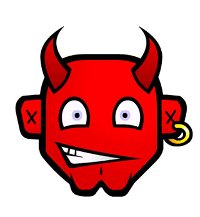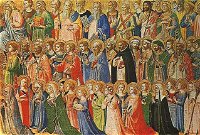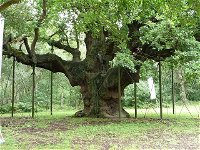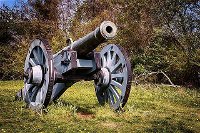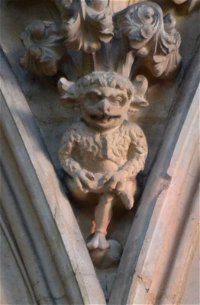
Come On You Reds (and Whites)! Quiz
Nicknames of UK football teams
Many British football teams have nicknames, and the photos in this quiz are all related to the nicknames of various teams. The teams have one thing in common - they play in red, or red and white stripes. Can you match the team with the picture clue?
by Kankurette.
Estimated time: 3 mins.
- Home
- »
- Quizzes
- »
- Sports Trivia
- »
- UK
- »
- UK Football Teams
